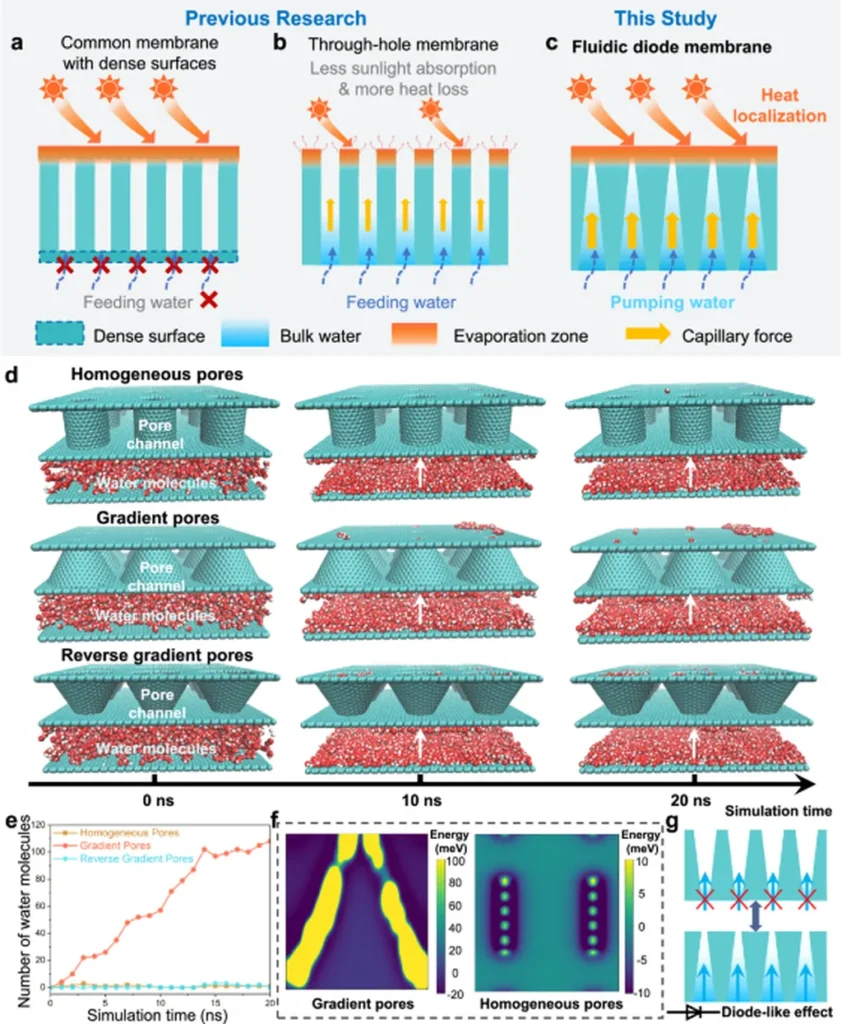In the quest for more efficient and accurate humidity sensing technologies, a team of researchers has developed a novel composite material that could revolutionize the energy sector. Led by Maurício F. de Aguiar, the study published in the journal ‘Materials Research’ (translated from Portuguese as ‘Pesquisa de Materiais’) introduces a flexible polystyrene/polypyrrole-organophilic montmorillonite (PS/PPy-OMMT) membrane tailored for resistive humidity sensing applications.
The membranes were produced through a process called electrospinning, which involves using an electric field to draw charged threads of polymer solutions into solid fibers. The researchers then incorporated polypyrrole (PPy) and organophilic montmorillonite (OMMT) onto the polystyrene (PS) fiber surfaces. This innovative approach was confirmed through various analytical techniques, including Fourier Transform Infrared Spectroscopy (FTIR), Scanning Electron Microscopy (SEM), X-ray Diffractometry (XRD), and Energy Dispersive X-ray Spectroscopy (EDX).
The resulting membranes demonstrated a remarkable sensor response of 397% over a relative humidity range of 11% to 97%. This significant improvement in sensitivity highlights the potential of these membranes for advanced humidity sensing applications, particularly in the energy sector.
“Our research opens up new possibilities for developing highly sensitive and flexible humidity sensors,” said Maurício F. de Aguiar, the lead author of the study. “These sensors could be crucial in optimizing energy consumption in various industrial processes, enhancing the efficiency of HVAC systems, and improving the performance of renewable energy technologies.”
The implications of this research are far-reaching. In the energy sector, accurate humidity sensing is essential for maintaining optimal conditions in power plants, ensuring the efficient operation of wind turbines, and improving the performance of solar panels. The development of these advanced sensors could lead to significant energy savings and improved overall efficiency.
Moreover, the flexibility and sensitivity of the PS/PPy-OMMT membranes make them suitable for a wide range of applications beyond the energy sector. They could be used in environmental monitoring, healthcare, and smart packaging, among other fields.
As the world continues to grapple with the challenges of climate change and energy efficiency, innovations like these are crucial. The research conducted by Maurício F. de Aguiar and his team represents a significant step forward in the development of advanced humidity sensing technologies, paving the way for a more sustainable and efficient future.
The study, published in ‘Materials Research’, underscores the importance of interdisciplinary research and collaboration in driving technological advancements. As the scientific community continues to explore the potential of conductive composite materials, the possibilities for innovation and discovery are endless.

